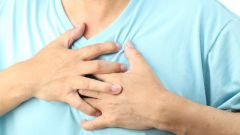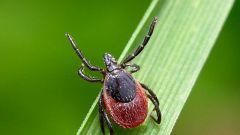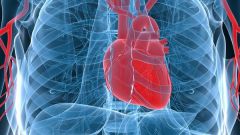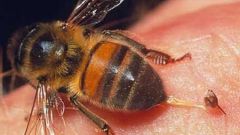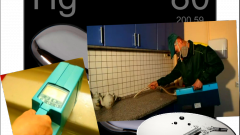It is well known that tachysystole contributes to adverse effects on hemodynamics. If you have been diagnosed tachysystole, you first need to be examined by a doctor-cardiologist. As a result, he can send you on the daily or on the hour stationary observation in a medical institution.
There are several types of tachysystole: atrial, paroxysmal, supraventricular, nodal, atrial flutter and atrial fibrillation, ventricular tachycardia. Management options the treatment chosen physician individually depending on the type of disease and the individual characteristics of a particular patient.
The reasons, which may occur tachysystole also many. Heart failure can be one of them. In this case, the most effective treatment may be the use of the cardiac glycosides, which improve the contractile function of the myocardium, including the effect on atrioventricular conduction. Cardiac glycosides contribute to the translation tahisistolicescie forms of atrial fibrillation in normostenichesky, which is achieved with intravenous administration of glycosides.
Preventing attacks of tachysystole has problems in the value ischemic cardiomyopathy, so as to predict the effectiveness of a drug is very difficult. During long-term medication must be considered with its side effects. Because of this, the advantages of those drugs whose side effects are minimal.
The most promising drug in the prevention of bouts of tachysystole is "Etmozin". Since its long-term use does virtually no side effects and at the same time, success in its application is achieved in 50% of all identified cases. Also in some cases have provided persuasive effect of Ramadan", "Aymalina" and "Istina".
If you have received this diagnosis by a qualified technician, you first need to follow all of his recommendations for improving your health. In addition, do not engage self-treatment, because traditional medicine can aggravate the condition. After the diagnosis of tachysystole, need constant supervision of a doctor. If new symptoms should seek consultation at a medical institution, to avoid a sharp deterioration in health.
Types and causes of tachysystole
There are several types of tachysystole: atrial, paroxysmal, supraventricular, nodal, atrial flutter and atrial fibrillation, ventricular tachycardia. Management options the treatment chosen physician individually depending on the type of disease and the individual characteristics of a particular patient.
The reasons, which may occur tachysystole also many. Heart failure can be one of them. In this case, the most effective treatment may be the use of the cardiac glycosides, which improve the contractile function of the myocardium, including the effect on atrioventricular conduction. Cardiac glycosides contribute to the translation tahisistolicescie forms of atrial fibrillation in normostenichesky, which is achieved with intravenous administration of glycosides.
Prevention of tachysystole
Preventing attacks of tachysystole has problems in the value ischemic cardiomyopathy, so as to predict the effectiveness of a drug is very difficult. During long-term medication must be considered with its side effects. Because of this, the advantages of those drugs whose side effects are minimal.
The most promising drug in the prevention of bouts of tachysystole is "Etmozin". Since its long-term use does virtually no side effects and at the same time, success in its application is achieved in 50% of all identified cases. Also in some cases have provided persuasive effect of Ramadan", "Aymalina" and "Istina".
If you have received this diagnosis by a qualified technician, you first need to follow all of his recommendations for improving your health. In addition, do not engage self-treatment, because traditional medicine can aggravate the condition. After the diagnosis of tachysystole, need constant supervision of a doctor. If new symptoms should seek consultation at a medical institution, to avoid a sharp deterioration in health.

